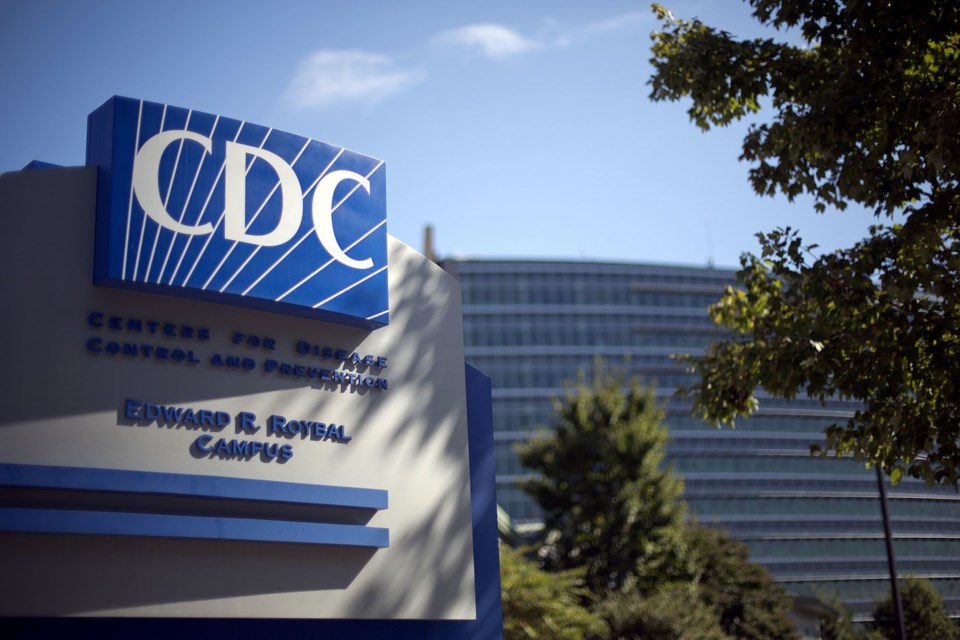NEW YORK (AP) — The nation's infant mortality rate dropped last year after two years of hovering at a late-pandemic plateau.
Some experts think one reason for the drop could be a vaccination campaign against , or respiratory syncytial virus, which is a common cause of cold-like symptoms that can be dangerous for infants.
The infant mortality national rate dropped to about 5.5 infant deaths per 1,000 live births in 2024, according to provisional data from the Centers for Disease Control and Prevention . That's down from about 5.6 per 1,000 live births, where it had been the previous two years.
CDC officials believe the findings will not change much when the final numbers come out later this year.
Infant mortality is the measure of how many babies die before they reach their first birthday. Because the number of babies born in the U.S. varies from year to year, researchers instead calculate rates to better compare infant mortality over time.
U.S. infant deaths fell to about 19,900 last year, according to CDC data, compared with about 20,150 in 2023.
The U.S. infant mortality rate has been worse than other high-income countries, which experts have attributed to poverty, inadequate prenatal care and other things. Even so, the U.S. rate generally has improved over the decades because of medical advances and public health efforts.
The 2022 and 2023 levels were up from 5.44 per 1,000 in 2021 — the first statistically significant jump in the rate in about two decades. Experts attributed those years to a rebound in RSV and flu infections after two years of pandemic precautions.
In 2023, U.S. health officials began two new measures to prevent the toll on infants — one was a lab-made antibody shot for infants that helps the immune system fight off the virus, and the other was giving an RSV vaccine to women between 32 weeks and 36 weeks of pregnancy.
That effort is probably one explanation for the improvement, said Dr. Amanda Williams, interim chief medical officer for the March of Dimes.
In a separate CDC released Thursday, researchers noted infant hospitalizations in the 2024-25 respiratory virus season were more than 40% lower than past averages.
But more work needs to be done to tease out other reasons, Williams added, noting that much of the improvement in 2024 was in infants who were at least one month old when they died. That could be explained not only by fewer deaths from RSV but also from other causes, like accidents, homicides or SIDS.
___
The Associated Press Health and Science Department receives support from the Howard Hughes Medical Institute’s Science and Educational Media Group and the Robert Wood Johnson Foundation. The AP is solely responsible for all content.
Mike Stobbe, The Associated Press




